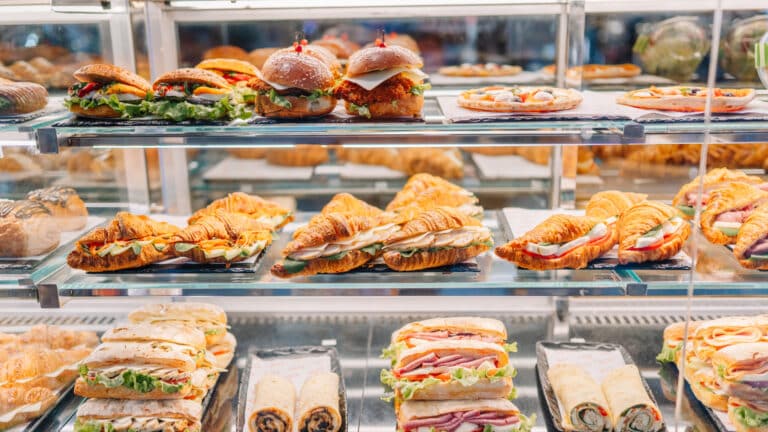
Air Astana, a Kazakhstan airline renowned for the best service and best onboard products, has presented a new onboard menu for business class. It was developed by Ruslan Zakirov, the chef of Auyl, a neo-nomad cuisine restaurant with one of the best designs in the world, according to Prix Versailles. As a result of this collaboration, VIP passengers will be served traditional Kazakh food reinterpreted for a modern palate.
New menu for Air Astana VIP passengers
«Would you like horse tartare or khoshan (manti with pumpkin and beef)? And how would you like to have your samsa with horse meat and lamb, or with pumpkin and dzhusai (a fragrant herb that resembles green onions)?»
Starting in June, this phrase will replace the traditional question «Meat or chicken?» across Air Astana business class on international flights. For dessert, these passengers will be able to taste baursaks – a sort of Kazakh-style donut – and balkaimak, a honey sour cream, pastry straws, and three types of candy: toffee-irimshik, kattyk-tary and sesame-salt.
The airline began experimenting with signature dishes on board during the Nauryz holiday. At that time, a special holiday menu was served for business class passengers on domestic flights departing from Almaty. It was also developed in collaboration with the Auyl restaurant.
«We received a lot of positive feedback and decided to extend the collaboration to international flights,» explained Elena Obukhova, vice president of inflight services of Air Astana.
In turn, Ruslan Zakirov, the author of the menu, noted that the purpose of the effort was to introduce Kazakh traditions and culture to as many people as possible.
«It is important for us to show our ethnic cuisine not only in the Auyl restaurant, but beyond it as well,» he said.
What is neo-nomad cuisine
According to Kairat Sadvokassov, chairman of the board of Kazakh Tourism, when foreigners ask him what neo-nomad cuisine is, he always says that these are ancient Kazakh recipes in the form of Michelin-style dishes.
In 2018, the company supported a project by ethnographer Aigerim Musagazhinova aimed at reviving more than a thousand recipes of ancient meals. As a result, several interpretations of Kazakh dishes have emerged.
In the early 2000s, many foreigners didn’t even try to hide their negative attitude toward kymyz, a traditional Kazakh dairy drink, and refused baursaks and lagman because of their heaviness and high fat content. However, many restaurants of national cuisine have already addressed the issue and currently offer a menu of traditional dishes adapted for Western taste preferences. For example, there are baursaks with spinach and beshbarmak with flat noodles colored with cuttlefish ink on the menu of some modern restaurants in Kazakhstan.
«Gastronomic tourism is one of the coolest and most accessible ways to promote Kazakhstani tourism. Neo-nomad cuisine is a marketing tool that helps reach the audience in the fastest way,» Sadvakassov said.
This year, the Ministry of Tourism and Sports of Kazakhstan wants to revise its approach to tourism. Thus, the agency proposes focusing mainly on attracting deep-pocketed foreign tourists.













